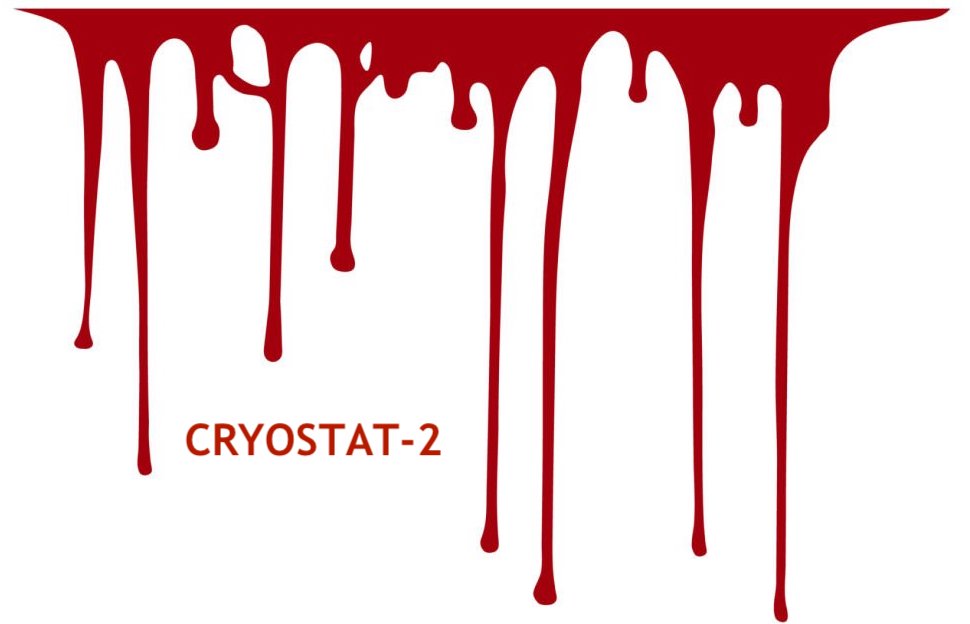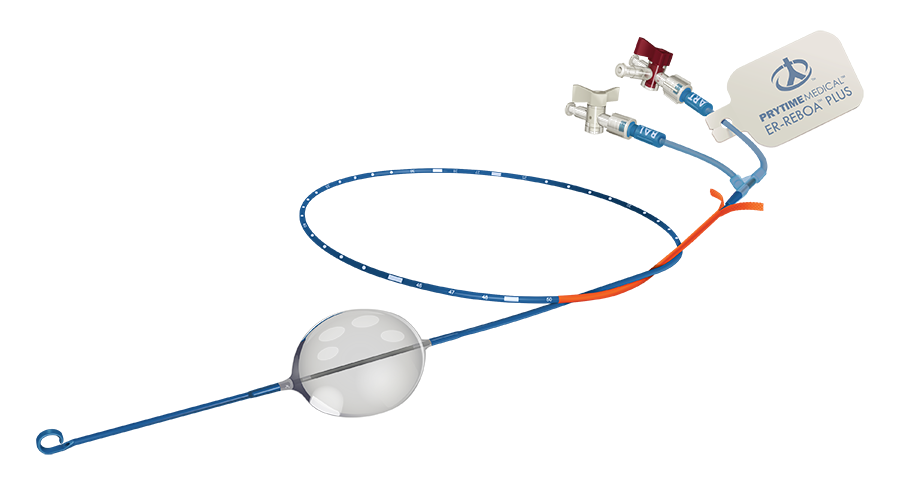Conclusion: The addition of early empirical cryoprecipitate does not improve all-cause mortality in bleeding trauma patients requiring major haemorrhage protocol activation
- CRYOSTAT-2 was a multinational RCT from the UK and US examining the role of early cryoprecipitate in sick adult trauma patients requiring massive haemorrhage protocol activation
- It came off the back of CRYOSTAT-1, a pilot feasibility trial conducted at 2 trauma centres which reported improved all-cause mortality with early cryoprecipitate
- Eligibility criteria:
- Injured adults requiring activation of the hospital’s major hemorrhage protocol with evidence of active hemorrhage
- Systolic blood pressure <90mmHg at any time
- Received at least 1 U of a blood product transfusion
- Patients were excluded if they were transferred from another hospital, >3 hrs had elapsed since time of injury or they had injuries deemed incompatible with life
- The intervention being tested was administration of 3 pools of cryoprecipitate (equivalent of 6g fibrinogen) within 90 minutes of randomisation and 3 hours of injury. Both groups otherwise received standard trauma care including balanced 1:1:1 blood product resuscitation
- Among 1604 eligible patients, 799 were randomised to the cryoprecipitate group and 805 to the standard care group
- 73 had missing data
- Baseline characteristics were well matched between groups
- Median Injury Severity Score was 29 (18-43 IQR)
- There was an unexpectedly high incidence of penetrating trauma (37% and 35% respectively) given most data was collected from UK trauma centres
- Primary outcome was all-cause mortality at 28 days
- Secondary outcomes included:
- 6- and 24-hr mortality
- Transfusion Requirements, Ventilator Days, ICU LOS, Hospital LOS
- Complications – thrombotic events, myocardial infarction
- Secondary outcomes included:
- 85% of patients in the cryoprecipitate group received the cryoprecipitate, with 65% receiving it in the first 90 minutes
- Results: All-cause 28-day mortality in the intention-to-treat population was 26.1% in the standard care group vs 25.3% in the cryoprecipitate group (odds ratio, 0.96 [95% CI, 0.75-1.23]; P = .74)
- Per-protocol analysis showed the same results
- There was a suggestion of benefit in those with blunt trauma (30.4% vs 34.8% 28-day mortality, OR 0.82 (0.62 – 1.09)) and a suggestion of harm in those with penetrating trauma (16.2% vs 10% 28-day mortality, OR 1.74 (1.20 – 2.51))
- There was no difference in safety outcomes or incidence of thrombotic events in the standard care vs cryoprecipitate group (12.9% vs 12.7%)
- Strengths:
- This was a well conducted multinational trial addressing an important clinical question
- High ISS scores meant the change of finding a difference if present was high
- Significant proportion of participants had penetrating trauma which provides useful data from a trial with participants recruited mostly from the UK (low baseline rate of penetrating trauma)
- Limitations:
- Unblinded trial, potentially introducing bias
- There was a significant proportion of patients in the cryo group who didn’t receive the intervention at all (15%) or within the first 90 minutes (35%) – however the per protocol analysis reported results consistent with the primary intention-to-treat analysis
- The potential harm caused in penetrating trauma may counterbalance the potential benefit in blunt trauma – however, there is inadequate statistical power to interpret these subgroup findings
Reference: Davenport R, Curry N, Fox EE et al. Early and Empirical High-Dose Cryoprecipitate for Hemorrhage After Traumatic Injury: The CRYOSTAT-2 Randomized Clinical Trial. JAMA. 2023 Nov 21;330(19):1882-1891.




